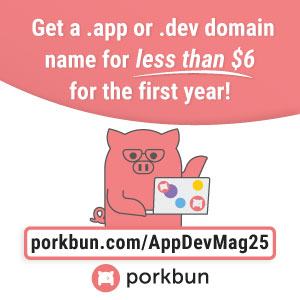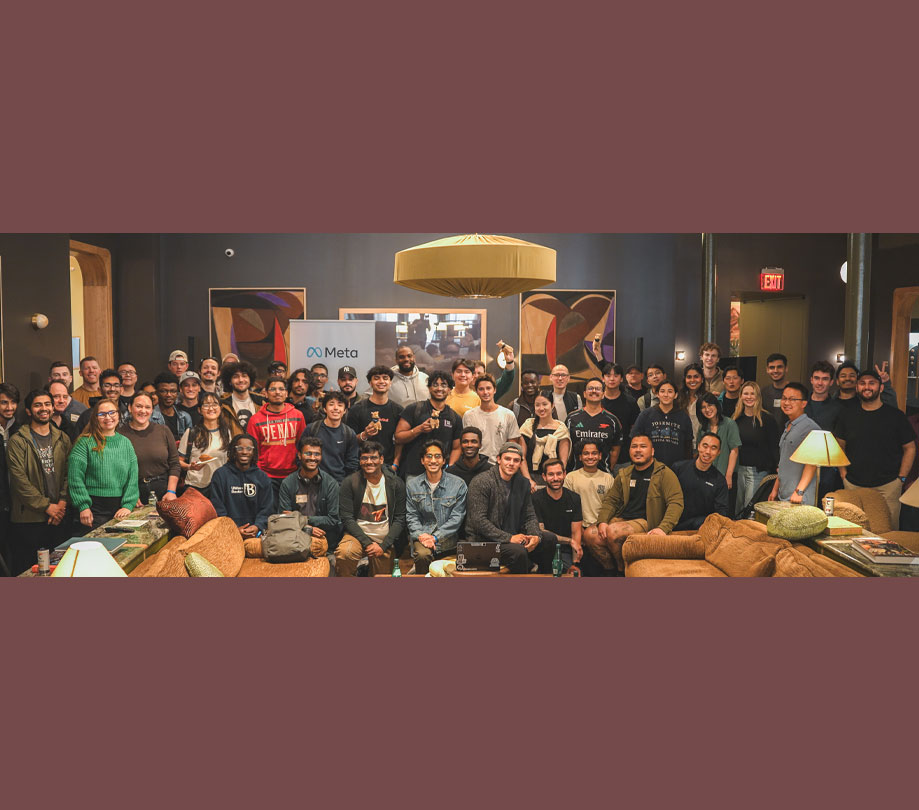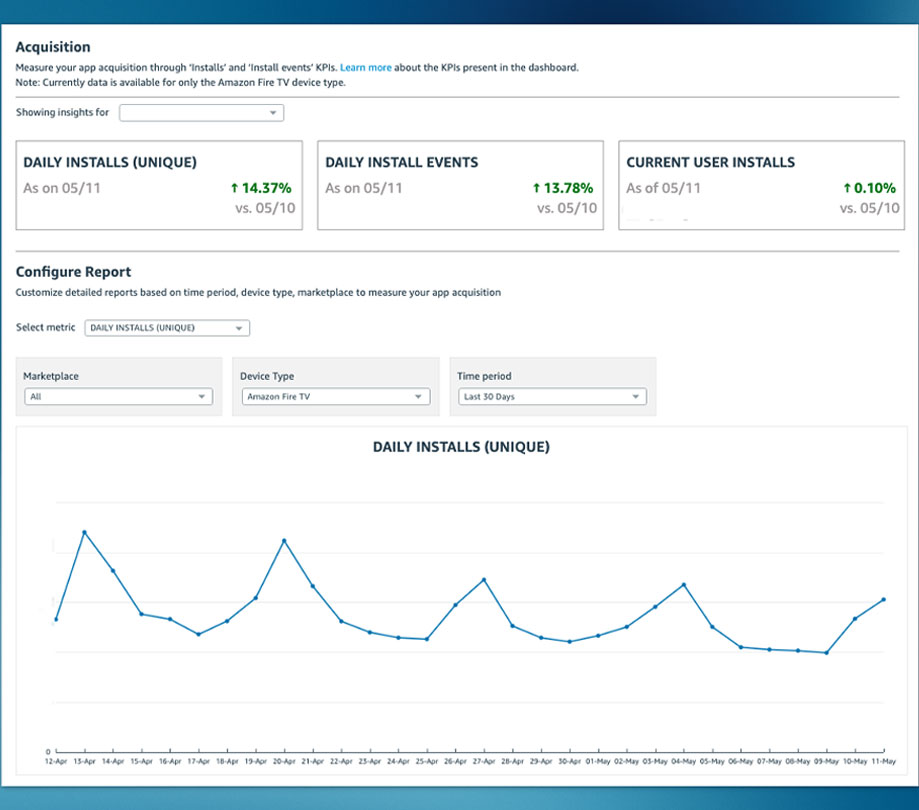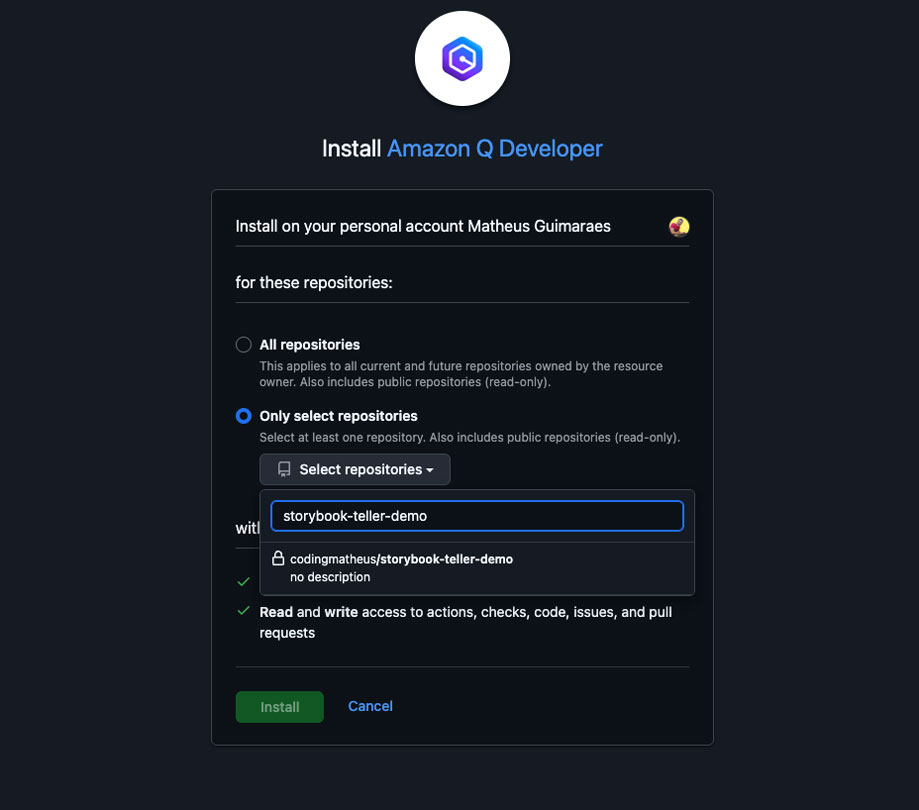Cloud Services
The future of cloud communications
Friday, January 27, 2017

|
Richard Harris |

As the popularity of using Cloud-enabled platforms grows, the market for such features is quickly ballooning in size. I'm sure you've heard about this latest trend in both tech and non-tech industries of adopting the power that a Cloud platform can provide, and in turn, some really special things are happening as its evolution continues down the road. But what's the future of Cloud Services going to look like?
That's a question that we look to answer. Specifically, we wanted to learn more about what's going on within the Cloud communications industry. That's why we sat down with Tony Jamous to learn more about the new and incredible things that are going on. Take a look:
Jamous: We believe the future of cloud communications will see the fusion of Unified Communications as a Service (UCaaS) and (CPaaS). UCaaS allows companies to provide integrated technologies and tools that allow employees to seamlessly work from anywhere, on any device whereas (CPaaS) provides developers with the tools to create unique and robust app-based customer experiences. If we think of UCaaS and CPaaS as a single cloud communications market, we can help businesses to reach their customers in the new and different ways that they want to be reached, creating a stronger level of engagement than would be possible without this technology.
How businesses use these communications solutions will not only change how their employees communicate and collaborate with each other, but will also change the way they engage with customers.
Businesses need both UCaaS and CPaaS, and we see these lines blurring over time, not only from a technological standpoint but also from a customer standpoint. As communications merges with software, the way people communicate is getting more and more sophisticated. The kinds of channels people use are constantly changing (like mobile, social media and contextual communications). For example, a new personal alert service, AskMyBuddy, created a “voice alerts broadcast system” so users can contact their personal alert network in an emergency situation. Companies want create more communication channels for their customers without compromising the quality of the experience for those customers. In another example, Grab recently implemented a phone number-based verification process for new drivers and passengers. When a new user registers an account, they receive an activation code delivered by SMS. Upon entering the activation code in the app, the user is automatically verified and can fully access the app.
Voice technology has been a critical part of the business world for decades. Phone calls are a fundamental part of most business transactions and are the preferred communication channel for most salespeople. Over the past few years, we’ve seen the bulk of sales software move to the cloud, and as a result, the voice services associated with them have also become digitized (also known as Voice over IP (VoIP).
We are seeing voice services leveraged by the enterprise--embedded into next-generation applications and artificial intelligence, call center integrations and chat services. Driving connected communications, voice technology will contribute heavily to a more sophisticated world and more efficient business processes. If companies embed these applications of voice technology within their systems, it will pave the way for a more agile and strategic way of working where people and machines interface seamlessly.
Jamous: We’ve seen quite a bit of innovation in cloud communications and with the recent release of our Voice API, developers are now able to build modern business communication systems faster and more easily than ever before. Vonage’s Nexmo voice API is a next-generation API that allows our customers to build complex voice- based applications in the cloud without having to worry about complex telco infrastructure. We’ve used this concept to empower developers to create powerful communications systems, like building a modern and robust voice conferencing service in just a few hours. Developers can look forward to increasing levels of abstraction for more complex use cases with the new Nexmo Voice API.
With just a few lines of code, developers can create custom voice solutions for any app, web service or existing telephony system, helping reduce phone costs and also reach nearly any phone in the world. With modern APIs, businesses are empowered to move from siloed, expensive and regionally-based communication models and products to more open, agile and globally scalable architectures.
The rapid growth in CPaaS and subsequent demand for APIs are being driven by the demand for communications within business apps and workflows, and the needs of new economy companies (such as Uber, Alibaba and Snapchat, and traditional companies like KLM Airlines and Daimler, each of which are important Nexmo customers). Nexmo’s Chat App API is the only solution that allows businesses to scale and manage their customer communications on Facebook Messenger, WeChat, Viber and other chat apps through leading CRM platforms including Salesforce, SAP, Marketo, and Bright Pattern with a single API.
Nexmo provides Vonage customers with the APIs to meet their increasing needs, allowing developers and enterprises to embed contextual communications into mobile apps, websites and business workflows via text, social media, chat apps and voice, creating better customer engagement for their business.

Jamous: Overall, the traditional telecom infrastructure wasn’t built to support the volume of application-to-person messaging we’re experiencing today. While SMS and voice calls can be straightforward on a local level, going global presents unique challenges including local regulations, inefficiently performing routes, unreliable aggregators and more.
One of the biggest challenges developers face when expanding globally is building strong relationships with telco providers. Many developers will try to conduct a “home-grown” approach and build relationships with these telco providers themselves, but it’s much easier said than done.
Vonage has direct relationships with global network of carriers, and we know their rules inside out – in fact, they’re built into the fabric of our APIs. Developers will stay compliant and get the fastest and most secure connection route. Vonage also has unique, patented Adaptive Routing technology on the Nexmo API platform. Adaptive Routing finds the optimal path of delivery for messages, so customers are never kept waiting. When a carrier experiences a lot of traffic, it creates queues. Our patented algorithm makes sure that communications avoid these roadblocks by choosing the fastest and most secure alternative carrier route, every time.
Jamous: Communications will become more contextual as businesses continue to cater to the way consumers naturally communicate. Up until 20 years ago, people had to communicate the way businesses wanted to communicate: through phone calls and physical mail. Then technology changed this premise and forced businesses to adapt to consumer preferences: people started using email for personal communications (and businesses had to follow suit), then people migrated social media forcing companies to do the same. Then, consumers grew to expect more immediate responses, so businesses began using SMS to communicate. Today, companies have begun to experiment with new ways to use voice in which consumers can interact with machines via voice.
The long-term prediction for these intelligence technologies is that they will become embedded in most services used by consumers and businesses alike. Many consumers are already interacting with some kind of voice AI on a day-to-day basis, such as Apple’s Siri, Amazon’s Alexa and IBM’s Watson. This saves companies hundreds of thousands of dollars and helps customers become acclimated to vocally interfacing with a machine. AI is anticipated to have an ever-prominent role in both traditional telecommunications as well as many communications enabled applications and digital commerce.
Jamous: Building relationships with developers is the same as building any relationship, really—success is predicated on understanding. To earn the respect of the developer community, you have to show them that you understand the obstacles they’re facing and offer them real, useful information. Generate content that developers will find informative or interesting. Invite discussion. Always be looking for feedback and new ideas. The developer community is always evolving. To maintain a strong relationship, you need to be ready to evolve with them.
Jamous: When Vonage was founded in 2001, the company helped shape a new form of communications – one that had no boundaries, delivered unprecedented value and forever changed the telecommunications industry. The company has since focused its innovation efforts in the business space, enhancing the quality, usability and features of its cloud-based services and mobile applications along with a focus on accelerating the delivery of new products to the market.
In 2014, Vonage established a mission to become the clear leader in cloud communications for business. The addition of Nexmo brings Vonage closer to that goal. . By combining Vonage's rapidly growing UCaaS business, with Nexmo, the second largest CPaaS company globally, we are in a position to redefine the future of cloud communications.
And of course, we are going to keep innovating. The new voice API joins Nexmo’s industry-leading global SMS API, innovative Chat App API and ID Verification API to create a powerful, easy-to-use suite of communications tools that are revolutionizing the way developers build communications software into applications that are transforming how companies connect with their customers. One of our core values is to innovate relentlessly, and we have a robust roadmap.
That's a question that we look to answer. Specifically, we wanted to learn more about what's going on within the Cloud communications industry. That's why we sat down with Tony Jamous to learn more about the new and incredible things that are going on. Take a look:
ADM: Where is the cloud communications industry headed?
Jamous: We believe the future of cloud communications will see the fusion of Unified Communications as a Service (UCaaS) and (CPaaS). UCaaS allows companies to provide integrated technologies and tools that allow employees to seamlessly work from anywhere, on any device whereas (CPaaS) provides developers with the tools to create unique and robust app-based customer experiences. If we think of UCaaS and CPaaS as a single cloud communications market, we can help businesses to reach their customers in the new and different ways that they want to be reached, creating a stronger level of engagement than would be possible without this technology.
How businesses use these communications solutions will not only change how their employees communicate and collaborate with each other, but will also change the way they engage with customers.
Businesses need both UCaaS and CPaaS, and we see these lines blurring over time, not only from a technological standpoint but also from a customer standpoint. As communications merges with software, the way people communicate is getting more and more sophisticated. The kinds of channels people use are constantly changing (like mobile, social media and contextual communications). For example, a new personal alert service, AskMyBuddy, created a “voice alerts broadcast system” so users can contact their personal alert network in an emergency situation. Companies want create more communication channels for their customers without compromising the quality of the experience for those customers. In another example, Grab recently implemented a phone number-based verification process for new drivers and passengers. When a new user registers an account, they receive an activation code delivered by SMS. Upon entering the activation code in the app, the user is automatically verified and can fully access the app.
Voice technology has been a critical part of the business world for decades. Phone calls are a fundamental part of most business transactions and are the preferred communication channel for most salespeople. Over the past few years, we’ve seen the bulk of sales software move to the cloud, and as a result, the voice services associated with them have also become digitized (also known as Voice over IP (VoIP).
We are seeing voice services leveraged by the enterprise--embedded into next-generation applications and artificial intelligence, call center integrations and chat services. Driving connected communications, voice technology will contribute heavily to a more sophisticated world and more efficient business processes. If companies embed these applications of voice technology within their systems, it will pave the way for a more agile and strategic way of working where people and machines interface seamlessly.
ADM: How are you seeing your customers innovate with communication APIs?
Jamous: We’ve seen quite a bit of innovation in cloud communications and with the recent release of our Voice API, developers are now able to build modern business communication systems faster and more easily than ever before. Vonage’s Nexmo voice API is a next-generation API that allows our customers to build complex voice- based applications in the cloud without having to worry about complex telco infrastructure. We’ve used this concept to empower developers to create powerful communications systems, like building a modern and robust voice conferencing service in just a few hours. Developers can look forward to increasing levels of abstraction for more complex use cases with the new Nexmo Voice API.
With just a few lines of code, developers can create custom voice solutions for any app, web service or existing telephony system, helping reduce phone costs and also reach nearly any phone in the world. With modern APIs, businesses are empowered to move from siloed, expensive and regionally-based communication models and products to more open, agile and globally scalable architectures.
The rapid growth in CPaaS and subsequent demand for APIs are being driven by the demand for communications within business apps and workflows, and the needs of new economy companies (such as Uber, Alibaba and Snapchat, and traditional companies like KLM Airlines and Daimler, each of which are important Nexmo customers). Nexmo’s Chat App API is the only solution that allows businesses to scale and manage their customer communications on Facebook Messenger, WeChat, Viber and other chat apps through leading CRM platforms including Salesforce, SAP, Marketo, and Bright Pattern with a single API.
Nexmo provides Vonage customers with the APIs to meet their increasing needs, allowing developers and enterprises to embed contextual communications into mobile apps, websites and business workflows via text, social media, chat apps and voice, creating better customer engagement for their business.

ADM: What are some of the biggest technical hurdles for developers that are expanding their app internationally?
Jamous: Overall, the traditional telecom infrastructure wasn’t built to support the volume of application-to-person messaging we’re experiencing today. While SMS and voice calls can be straightforward on a local level, going global presents unique challenges including local regulations, inefficiently performing routes, unreliable aggregators and more.
One of the biggest challenges developers face when expanding globally is building strong relationships with telco providers. Many developers will try to conduct a “home-grown” approach and build relationships with these telco providers themselves, but it’s much easier said than done.
Vonage has direct relationships with global network of carriers, and we know their rules inside out – in fact, they’re built into the fabric of our APIs. Developers will stay compliant and get the fastest and most secure connection route. Vonage also has unique, patented Adaptive Routing technology on the Nexmo API platform. Adaptive Routing finds the optimal path of delivery for messages, so customers are never kept waiting. When a carrier experiences a lot of traffic, it creates queues. Our patented algorithm makes sure that communications avoid these roadblocks by choosing the fastest and most secure alternative carrier route, every time.
ADM: How do you see brand and consumer communications changing in the next five years?
Jamous: Communications will become more contextual as businesses continue to cater to the way consumers naturally communicate. Up until 20 years ago, people had to communicate the way businesses wanted to communicate: through phone calls and physical mail. Then technology changed this premise and forced businesses to adapt to consumer preferences: people started using email for personal communications (and businesses had to follow suit), then people migrated social media forcing companies to do the same. Then, consumers grew to expect more immediate responses, so businesses began using SMS to communicate. Today, companies have begun to experiment with new ways to use voice in which consumers can interact with machines via voice.
The long-term prediction for these intelligence technologies is that they will become embedded in most services used by consumers and businesses alike. Many consumers are already interacting with some kind of voice AI on a day-to-day basis, such as Apple’s Siri, Amazon’s Alexa and IBM’s Watson. This saves companies hundreds of thousands of dollars and helps customers become acclimated to vocally interfacing with a machine. AI is anticipated to have an ever-prominent role in both traditional telecommunications as well as many communications enabled applications and digital commerce.
ADM: In your experience, what has been the key to developing a strong relationship with the developer community?
Jamous: Building relationships with developers is the same as building any relationship, really—success is predicated on understanding. To earn the respect of the developer community, you have to show them that you understand the obstacles they’re facing and offer them real, useful information. Generate content that developers will find informative or interesting. Invite discussion. Always be looking for feedback and new ideas. The developer community is always evolving. To maintain a strong relationship, you need to be ready to evolve with them.
ADM: Nexmo was recently acquired by Vonage. How does this acquisition play a larger role in Vonage’s plan in cloud communications?
Jamous: When Vonage was founded in 2001, the company helped shape a new form of communications – one that had no boundaries, delivered unprecedented value and forever changed the telecommunications industry. The company has since focused its innovation efforts in the business space, enhancing the quality, usability and features of its cloud-based services and mobile applications along with a focus on accelerating the delivery of new products to the market.
In 2014, Vonage established a mission to become the clear leader in cloud communications for business. The addition of Nexmo brings Vonage closer to that goal. . By combining Vonage's rapidly growing UCaaS business, with Nexmo, the second largest CPaaS company globally, we are in a position to redefine the future of cloud communications.
And of course, we are going to keep innovating. The new voice API joins Nexmo’s industry-leading global SMS API, innovative Chat App API and ID Verification API to create a powerful, easy-to-use suite of communications tools that are revolutionizing the way developers build communications software into applications that are transforming how companies connect with their customers. One of our core values is to innovate relentlessly, and we have a robust roadmap.

Become a subscriber of App Developer Magazine for just $5.99 a month and take advantage of all these perks.
MEMBERS GET ACCESS TO
- - Exclusive content from leaders in the industry
- - Q&A articles from industry leaders
- - Tips and tricks from the most successful developers weekly
- - Monthly issues, including all 90+ back-issues since 2012
- - Event discounts and early-bird signups
- - Gain insight from top achievers in the app store
- - Learn what tools to use, what SDK's to use, and more
Subscribe here













Comments